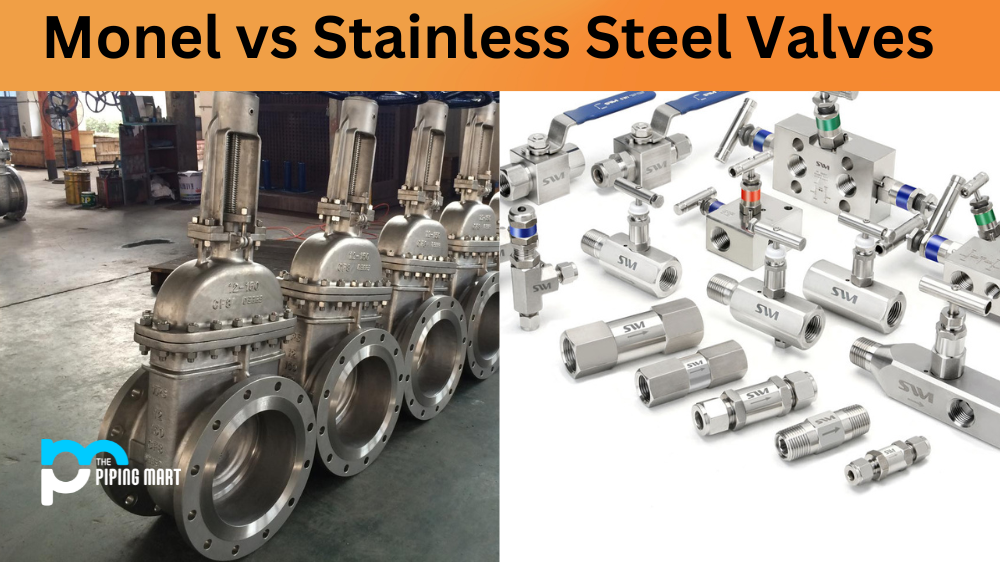You know many different ways to cut through metal if you’re a metalworker. Two of the most popular methods are gas cutting and plasma cutting. Both have advantages and disadvantages that make them better suited for certain applications. Let’s take a closer look at what each method has to offer.
Gas Cutting Basics
Gas cutting, also known as oxy-fuel cutting, is one of the oldest forms of metal cutting. It is usually used for jobs where precision isn’t crucial, such as when cutting large pieces of steel or other metals into smaller parts. The process involves using a pressurized oxygen torch to heat the metal until it reaches its melting point, which can then be cut away with an acetylene torch. While this method is quick and easy to use, it is not very accurate and can produce rough edges on the finished product. Gas cutting is a process that uses a gas flame to cut through metal. The gas in gas cutting is typically acetylene, although other gases, such as propane, can also be used. Gas cutting is a relatively inexpensive and straightforward way to cut metal, and it can be used on various materials, including steel, aluminium, and stainless steel.
Plasma Cutting Basics
On the other hand, plasma cutting is a much more precise form of metal cutting that uses a high-voltage arc between an electrode and a nozzle to create an electrically conductive plasma channel through which a stream of pressurized gas (usually nitrogen or argon) can pass. This allows the plasma stream to reach temperatures hot enough to melt any metal quickly and cleanly without producing slag or burrs on the workpiece. This makes plasma cutting ideal for projects requiring precise cuts with smooth edges, such as sheet metal fabrication or tube fabrication. Additionally, plasma cutters are relatively small and portable compared to traditional oxy-fuel torches, so that they can be taken anywhere for on-site repairs or welding jobs. Plasma cutting is a process that uses a plasma torch to cut through metal. Plasma is a hot ionized gas that passes an electric current through a gas. Plasma cutting is more expensive than gas cutting but is also more precise and can be used on thicker materials. Additionally, plasma cutting produces less heat than gas cutting, which makes it ideal for cutting sensitive materials such as electronics.
Advantages of Gas Cutting
One of the main advantages of gas cutting is that it is relatively inexpensive. Also, gas cutting does not require special training or equipment, making it ideal for those new to metalworking. Gas cutting is also relatively fast and can be used on various materials.
Advantages of Plasma Cutting
Plasma cutting has several advantages over gas cutting:
- Plasma cutting is more precise than gas cutting, making it ideal for applications where accuracy is critical.
- Plasma cutting produces less heat than gas cutting, which makes it suitable for sensitive materials such as electronics.
- Plasma cutting can be used on thicker materials than gas cutting.
Disadvantages of Gas Cutting
One of the main disadvantages of gas cutting is that it produces a lot of heat, which can damage sensitive materials such as electronics. Additionally, gas cutting produces a lot of sparks and smoke, which can be dangerous in specific environments such as flammable factories or workshops with poor ventilation. Finally, gas cutting is less precise than plasma cutting and cannot be used on thick materials.
Disadvantages of Plasma Cutting
While plasma cutting has several advantages over gas cutting, there are also some disadvantages. First, plasmacutting is more expensive than gas cutting due to the equipment required. Additionally, plasma cutting requires special training to use it safely and effectively.
Conclusion:
When it comes down to it, both gas cutting and plasma cutting have their advantages depending on what kind of job you need to do. For larger projects where accuracy isn’t essential, the gas cutting may be your best option due to its affordability and simplicity; however, if you need precise cuts with smooth edges, then plasma cutting will be your best bet. Ultimately it all comes down to understanding which method works best for your particular project needs so you can ensure that you get the job done right every time!
Sakshee is a talented blogger, with a particular focus on the Business and Metal Industry. She is passionate about sharing her insights on various metal products and helping professionals to make a better decisions.




